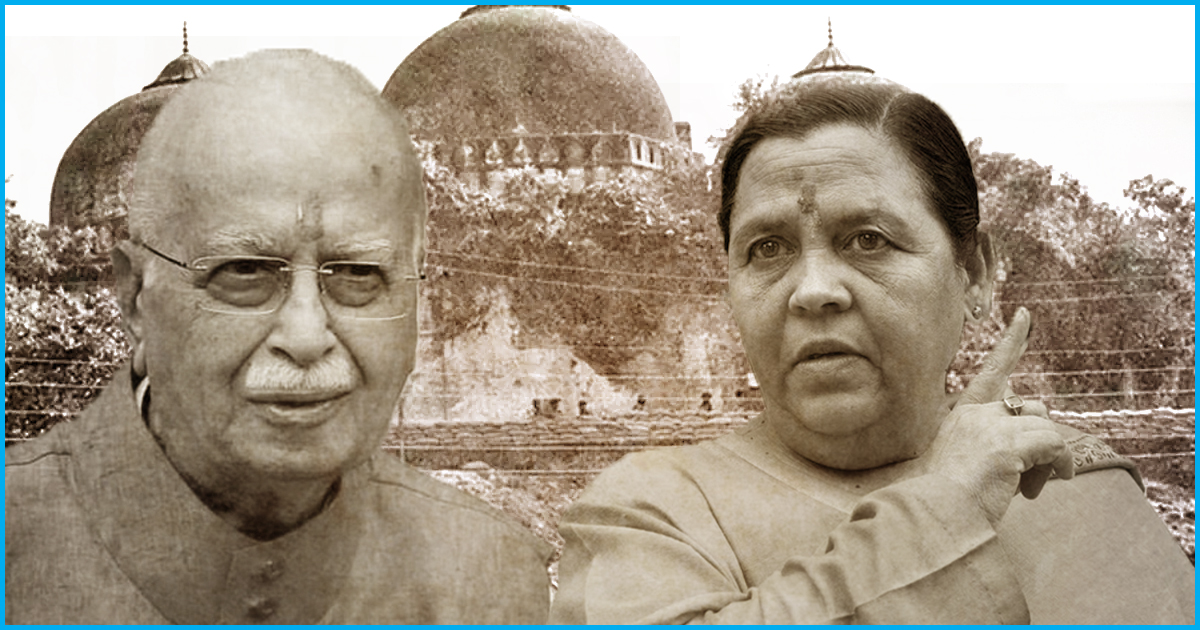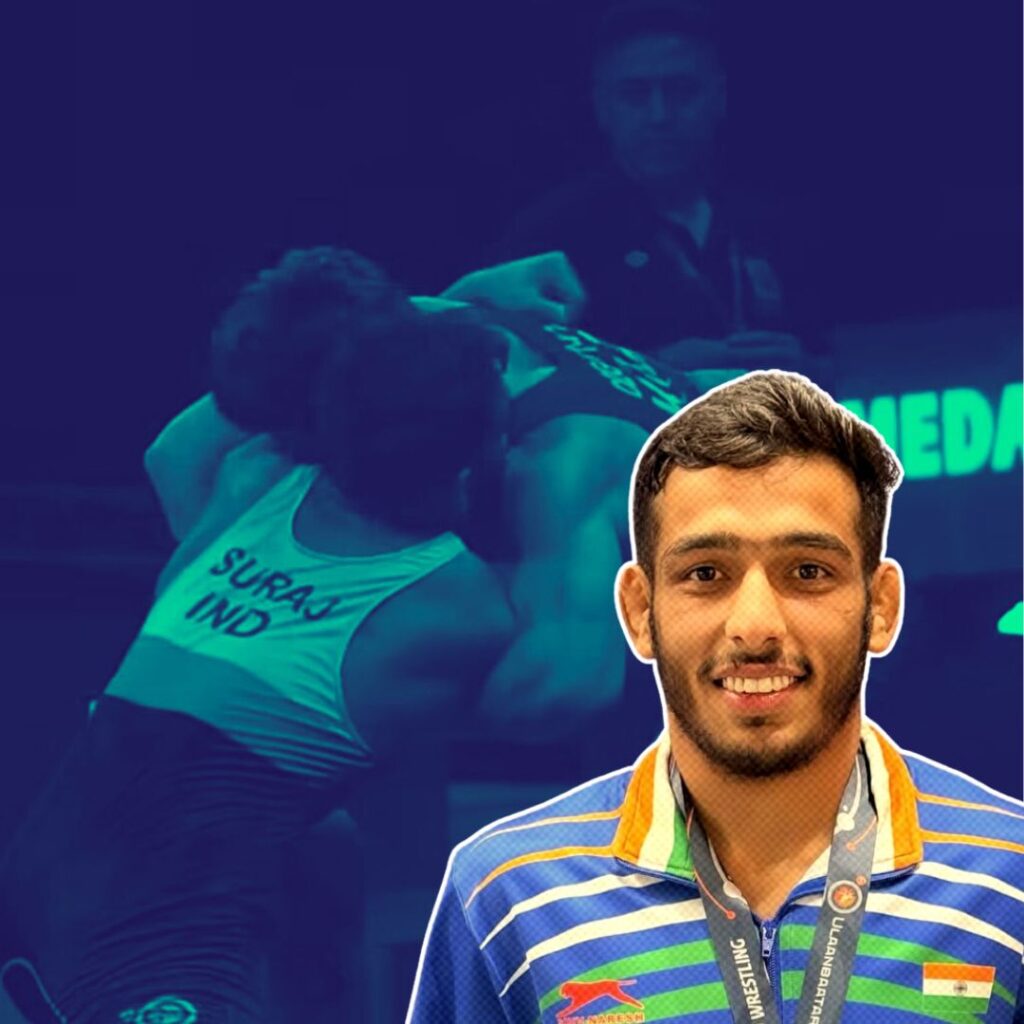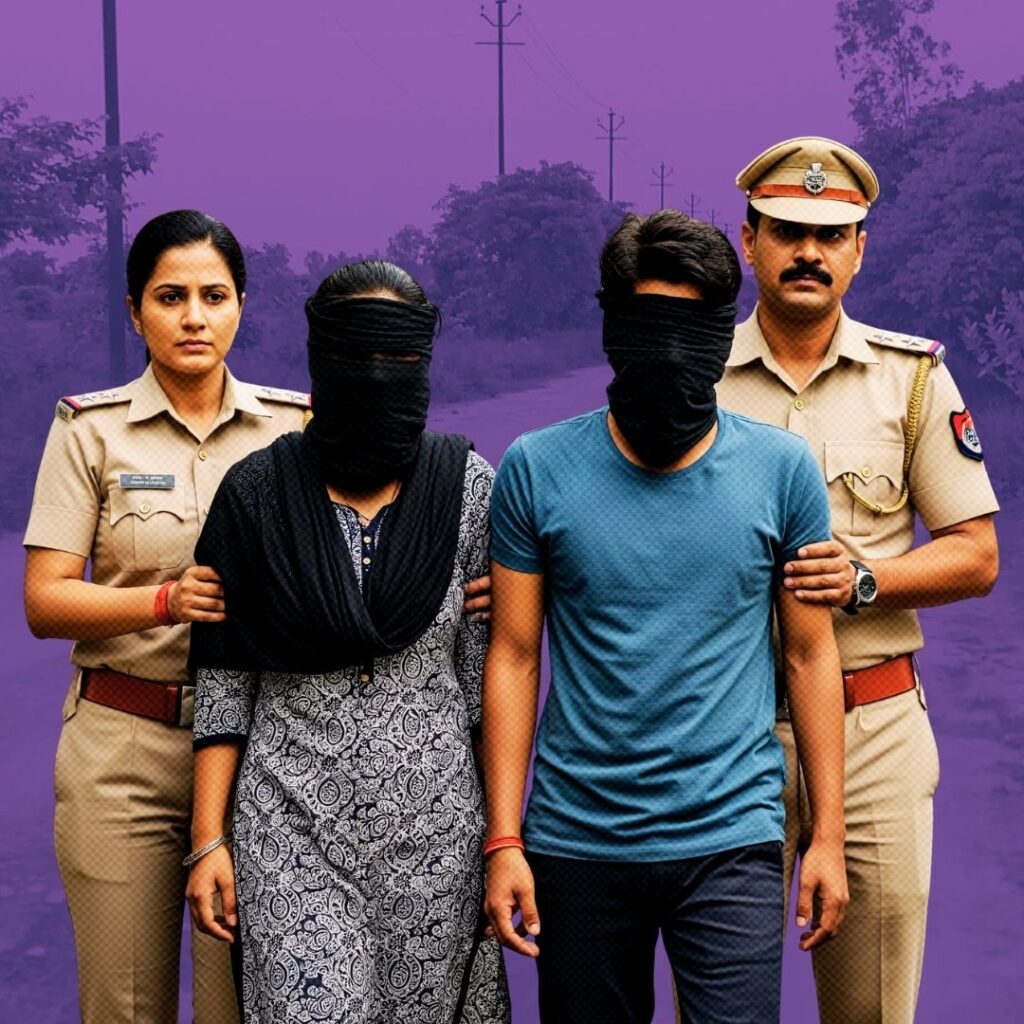Winter of 1992 was almost taking its shape, despite that even before the demolition day, many Karsevaks (Volunteers) had started to gather at the Babri Masjid, and on the day of demolition reportedly, there were more than two lakhs Karsevaks that had gathered at disputed site in Ayodhya, Uttar Pradesh. On December 6 1992, amidst heavy sloganeering, within hours the 16th-century-old Babri Masjid was levelled to the ground by thousands of Karasevaks on the orders of Vishwa Hindu Parishad (VHP).
While a huge crowd had taken their position around the Masjid area, a number of people, equipped with rods and spade reached the top of Masjid’s doms and soon brought it down. The communal cloud of dust that had engulfed Ayodhya then is still flowing around the country. The destructive episode that took place that day was the domino effect of some of the events that had taken place in the past.
Even though the demolition of Babri Masjid happened at the hands of unknown Karsevaks, it was also supported and participated by many prominent leaders of that time.
The Rath Yatra
Here is a list of a few political players, whose vital role at that time has led to the current day picture of Ayodhya.
The first on the list is LK Advani, the then BJP president, who in 1990 undertook a rath yatra. BJP at that time was trying to gain prominence in the country as a political party and the rath yatra is considered as directly responsible for two most prominent things – the demolition of the disputed structure and the key factor for the rise of BJP. The chief leader of the yatra, Advani commenced his yatra, that was meant to mobilise voice for the construction of Ram Mandir in Ayodhya, from Somnath, Gujarat. The yatra that was supposed to culminate at Ayodhya was not able to reach its final destination as it was stopped in Bihar by the then Chief Minister of Bihar, Lalu Yadav. The CM had also ordered an arrest for Advani on the charges of creating and spreading communal disharmony.
On the day of demolition of Masjid, Advani was present at the site, who reportedly made inflammatory remarks. He is accused of encouraging Karsevaks, who were present there, to go on the rampage.
According to The Wire, one of the Karsevaks, Santosh Dubey, who was the youngest accused named in the Central Bureau of Investigation’s (CBI) chargesheet said, “We had gathered there on the instructions of LK Advani, M.M. Joshi, Uma Bharti and other Vishwa Hindu Parishad (VHP) and Rashtriya Swayamsevak Sangh (RSS) leaders. He added, “Who (Leaders) told us that we have to erase the sign of slavery of 500 years. They told us that we have to demolish the Babri Masjid and we successfully did that.”
“No force can stop construction of Ram temple”
The second on the list is Advani’s predecessor as the BJP president, Murli Manohar Joshi, who became the BJP president in 1991. Joshi was also at the site of Babri on the cold December 6.
Reportedly, from the stage, he was shouting provocative slogans and was also encouraging the Karsevak for the demolition of the Masjid. According to the chargesheet that was filed during the Babri demolition case, Manohar on December 1, 1992, said that no force could stop construction of Ram temple, as reported by The Indian Express. He was charged with criminal conspiracy in the case.
The leader that called for the demolition
Now BJP leader and former Madhya Pradesh CM, Uma Bharti, would be third on the list. Bharti owes her popularity to the Ram Janmabhoomi episode. She was also at the site on the fateful day of demolition.
According to the chargesheet copy, at the time of the demolition, she was shouting slogans like, “Ek dhakka aur do, Babri Masjid tod do (Just one more push, and break the Masjid)”, “Masjid girao, Mandir bano, Babar ki aulad ko Pakistan bhagao (Demolish Masjid, Construst Mandir and send Babar’s sons to Pakistan” and “Jinnah bole Jai Shri Ram (Jinna said Jai Sri Ram).” etc, as reported by The Indian Express.
Liberhan Commission, the committee that was made to probe the demolition case accused her of inciting the mob. The BJP party leader, Bharti did take moral responsibility for the incident. However, she claimed that she had no hands in the destruction of the structure.
The effort that was made from far
Though the Shiv Sena a (Right-wing organisation) founder, Bal Thackeray was not present at the site on December 6, 1992, he claims that his organisation had played a key role in the bringing down of the mosque.
According to the Frontline, just 10 days before the demolition, a police officer in civil clothes, noted that at one of the billboards, that was put up at the Khar railway station in suburban Mumbai read that, Thackeray, would “go to Ayodhya with thousands of Shiv Sainiks,” it also said that “The construction of the temple,” it proclaimed, “is inevitable.
The other most important person whose key role cannot be ignored in the events of demolition was Ashok Singhal, the then Chief of Vishwa Hindu Parishad (VHP). The VHP is said to be the leading campaigners, who were demanding the construction of Ram Mandir in Ayodhya at the Babri Masjid as they believe that it is the birthplace of Lord Ram. The party president, Singhal is often called the architect of the Ram Mandir movement. He was one of the most important figures from the Sangh Parivar (Right Wing) organisation. According to the Live Mint, he was also a close ally to both Advani and Atal Bihari Vajpayee. On the Babri demolition day, he was also present at the site. In 1984, he commenced a Ram Janaki Rath Yatra to demand the reopening of Babri Masjid gates from the then ruling Congress party. He was also one of the accused in the Babri demolition case. He died in 2015.
Many blame the then Prime Minister, P.V. Narasimha Rao for his inaction in the demolition case. However, the Liberhan Commission had exonerated him. The commission said, “In 1992, the central government had been blinded and handicapped — by the inaction of its own agent in the state and by the unfathomable trust the Supreme Court placed in the paper declarations of the Sangh Parivar,” as reported by The Indian Express. The commission also said that Rao had an option of imposing President’s Rule in Uttar Pradesh at that time. However, the government did not do it.
Also Read: 473 Witnesses Yet To Testify; SC Asks Judge How Babri Masjid Trial Will Be Completed Before April











